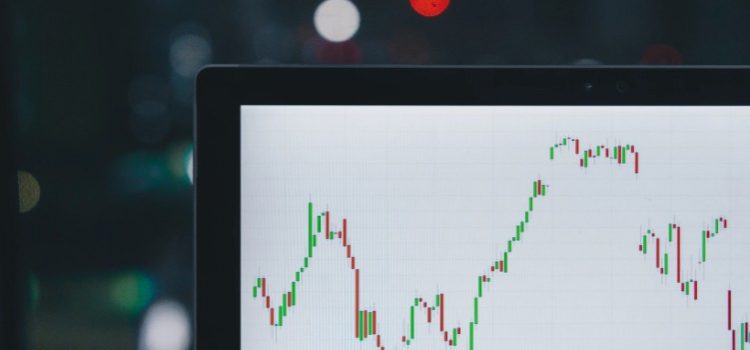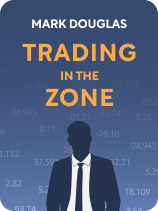

This article is an excerpt from the Shortform book guide to "Trading in the Zone" by Mark Douglas. Shortform has the world's best summaries and analyses of books you should be reading.
Like this article? Sign up for a free trial here .
What is technical analysis in trading? How does technical analysis predict the price of financial assets? Which approach is superior: technical or fundamental analysis?
Technical analysis looks at patterns in the price of an investment to predict how that investment’s price is likely to shift in the future. In contrast to fundamental analysis, technical analysis takes into account traders’ activity by attempting to uncover behavioral patterns.
Keep reading to learn how technical analysis trading works, its pros and cons, and why it’s superior to fundamental analysis.
Technical Analysis
Technical analysis is now the favored approach among traders. Whereas fundamental analysis predicts what the market will do based solely on what mathematical models say is logical, technical analysis makes predictions based on how current market activity relates to what’s happened in the past. Therefore, technical analysis is more likely to accommodate nonrational activity that can radically influence prices because it factors in past nonrational events.
Despite the superiority of technical analysis, most traders struggle to translate insights from their analyses into steady profits. Why? Douglas says 95% of trading errors have nothing to do with knowledge. Instead, these errors stem from our fears about losing money, being wrong, or taking profits lower than we could’ve gotten if we’d held onto an investment longer. Therefore, even the most sophisticated technical analysis won’t turn an unsuccessful, frustrated trader into a consistent, confident winner.
(Shortform note: It’s difficult to find data that validates Douglas’s claim that 95% of trading errors stem from traders’ fears. Even the best traders sometimes post losing trades, but it’s impossible to say whether their errors stem from fear or bad information. Whereas Douglas says the way to increase wins is by mitigating the influence of traders’ emotions, others seek to improve knowledge through new technologies such as artificial intelligence (AI) and big data. Both AI and big data can be used to combine and test insights from fundamental and technical analysis as well as information on market sentiment, thereby giving traders an advantage.)
Pros and Cons of Technical Analysis
Douglas presents technical analysis trading as a better option because it looks at trends over time. However, this assessment is arguably based on a shallow evaluation of the method: In reality, technical analysis has many pros and cons that may influence whether it’s suitable for individual traders. Here’s what financial experts say about additional benefits and drawbacks of this approach:
Pros:
- Can be used for many time frames—Chart patterns happen often, so you can analyze data in time frames ranging from hours to a century.
- Some tasks can be automated—Once you learn how to perform a technical analysis, you can automate some of the process to save time. You can use this saved time to analyze and trade in a wider variety of stocks. Indeed, many elements of technical analysis are applicable to multiple markets.
Cons:
- Involves a degree of subjectivism—Indicators often contradict each other and you might be emotionally swayed to favor one interpretation of the data over another. For example, if you’ve achieved sizable profits off a particular stock in the past, you may hopefully predict rising prices even though the data suggests otherwise.
- Doesn’t take into account a company’s industry or external events—Technical analysis doesn’t automatically consider political changes, business announcements, or quarterly earnings reports, which can cause significant price movements.
As these insights reveal, your interpretations, choices, and emotions can influence your technical analyses. Thus, to maximize your return on investments, you should likely heed Douglas’s advice to address the emotional, subjective aspect of trading. We’ll discuss his strategies for doing so later in the guide.

———End of Preview———
Like what you just read? Read the rest of the world's best book summary and analysis of Mark Douglas's "Trading in the Zone" at Shortform .
Here's what you'll find in our full Trading in the Zone summary :
- The role mindset plays in stock trading
- The critical importance of embracing risk
- How to become a confident, consistent winner






